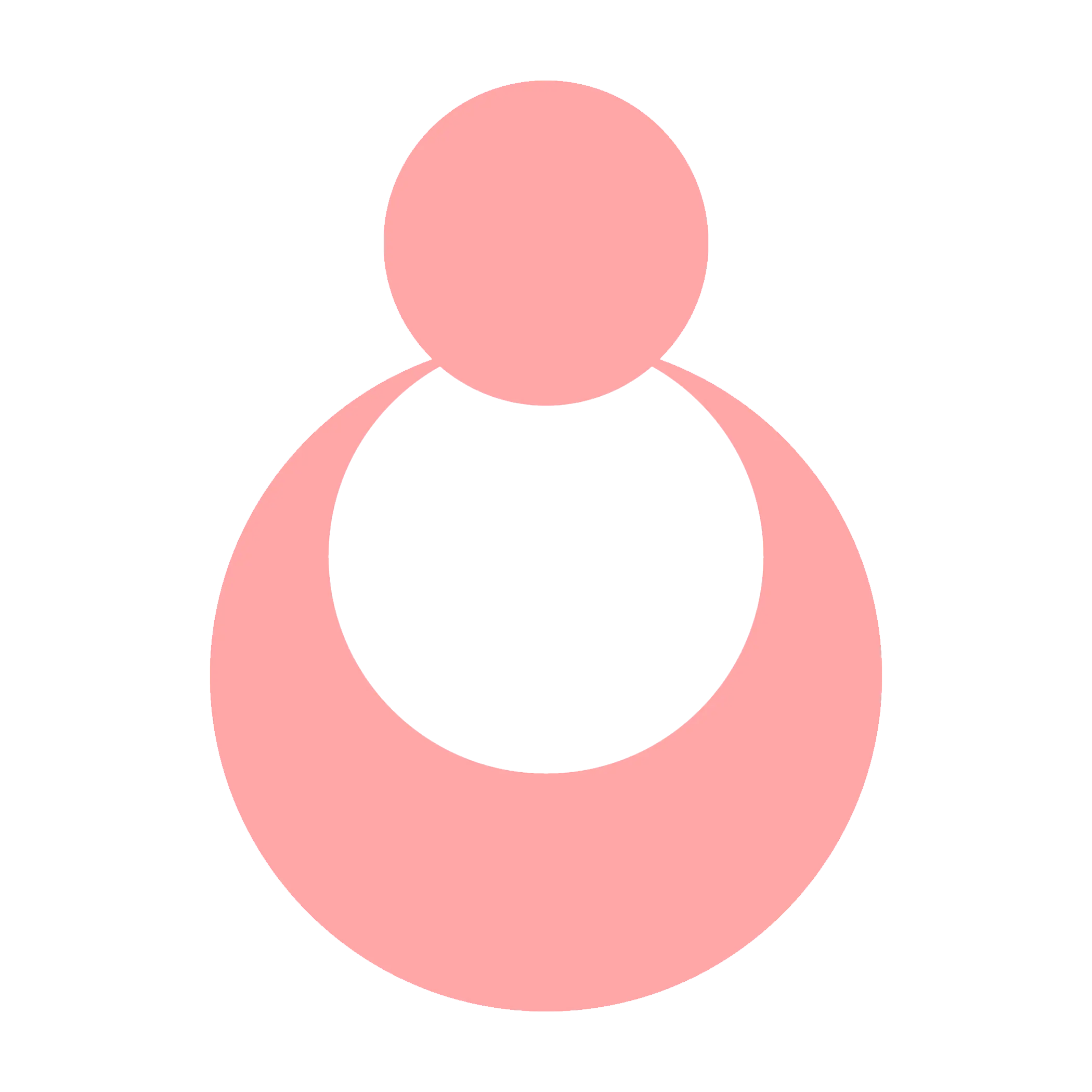Diastasis Recti Causes and Treatment
Many women suffer from diastasis recti, especially after pregnancy and childbirth. Muscle separation is not a serious or painful problem, but it is an annoying problem, which fortunately can be treated. This article will overview diastasis recti, its causes, signs, and treatment methods.


What is diastasis recti?
The separation of the abdominal muscles, which meet in the middle of the abdomen from each other. This separation of the abdominal muscles causes the appearance of a bulge in the stomach that resembles a tiny pooch. This condition is very common among women, as studies have shown that it affects 60% of women after pregnancy and childbirth. This is due to the stretching of the abdominal muscles; the expansion of the uterus expands to accommodate the fetus, which continues to grow during the months of pregnancy. It is worth noting that diastasis recti is not limited to women but may affect men and children as well.
Causes
- The leading cause of diastasis recti is internal pressure from the abdomen, such as the expansion of the abdominal muscles and the tissues that connect them due to the expansion of the uterus during pregnancy. The pregnancy hormones estrogen and relaxin also help increase muscle stretching.
- Also, pushing the baby during childbirth may lead to the separation of the abdominal muscles, significantly if this stage of childbirth is prolonged.
- Pregnancy many times and during frequent periods may increase the possibility of diastasis recti.
- The woman's age is also a risk factor, as the possibility of diastasis recti increases after the age of thirty-five.
- Carrying multiples.
- The large weight of the fetus increases the expansion of the uterus and increases the possibility of diastasis recti.
Symptoms
- Most often, symptoms of diastasis recti do not appear during pregnancy. The most prominent symptoms that appear after birth are:
- A bulge in the abdomen.
- Pain in the lower back.
- Extreme looseness in the tissues surrounding the navel makes the abdomen resemble jelly.
- Difficulty walking, lifting objects, and doing daily activities.
- Painful intercourse.
- Pain in the pelvic and hip area.
- A feeling of weakness in the abdominal muscles.
- Urinary incontinence when sneezing or coughing.
Diagnosis
diastasis recti in women is usually diagnosed during the first postpartum visit. The doctor examines the abdominal area to ensure no gaps between the muscles. This examination is done manually, in addition to an ultrasound examination. Doctors consider a space of more than two fingers between the abdominal muscles a muscle separation.
Prevention
- The most essential way to prevent diastasis recti is to strengthen the abdominal muscles before pregnancy and regularly do abdominal and core exercises.
- Do not carry heavy weights before and during pregnancy.
- Get up from a lying or sitting position gradually during pregnancy to avoid pressure on the abdominal and back muscles.
- Exercising as permitted during pregnancy.
Possible Complications
- Umbilical hernia.
- Chronic back pain.
- Pain during intercourse.
- Incontinence.
- Pain in the pelvic area.
- Problems with the stability and flexibility of the core lead to mobility issues.
Treatment
- Laparoscopic surgery.
- Ordinary surgery is considered one of the rare options for treating diastasis recti, and doctors resort to it in the event of complications such as hernia or if the separation is deep, affecting the sitting and standing position and causing unbearable pain.
- Deep abdominal muscle strengthening exercises, such as Pilates, are essential. Do not do any exercises without consulting your doctor. A professional trainer familiar with your health condition or a physical therapist should supervise these exercises. Some abdominal exercises may make muscle separation worse.
Conclusion,
Diastasis recti is a common problem among women, especially after pregnancy and childbirth. Fortunately, it is not a severe or painful condition and can be lived with. Its treatment is not impossible either. Therefore, there is no need to worry, as it is a small maternity tax.
Find out about the benefits of pelvic floor exercises postpartum.





